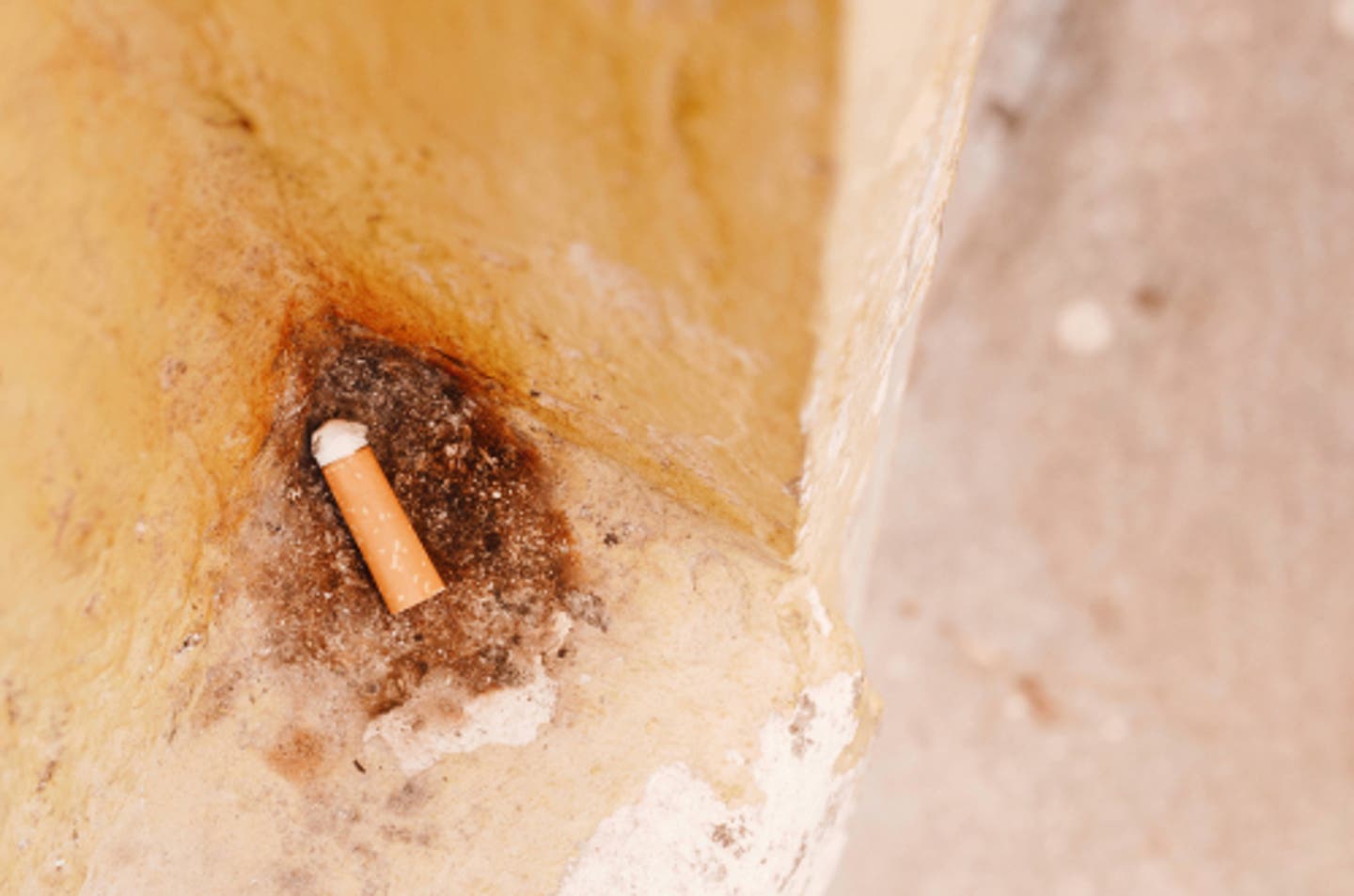
Like cigarette smoke, nicotine tends to seep into walls over time, with the potential to cause unsightly stains and foul odors. So, what can be done about it, if anything? Whether you plan to sell a property, or simply want an area of your home or business cleaned, the question remains: can nicotine truly be removed from walls? SERVPRO® is Here to Help® answer that and more.
What is Nicotine?
To understand the process of nicotine stain removal, let us first establish what nicotine is in the first place. According to the National Cancer Institute, nicotine is defined as: “An addictive, poisonous chemical found in tobacco. It can also be made in the laboratory. When it enters the body, nicotine causes an increased heart rate and use of oxygen by the heart, and a sense of well-being and relaxation. It is also used as an insecticide.”
Home Remedies for Nicotine Stain Removal from Walls
The University of Georgia outlines a simple remedy for helping to remove nicotine stains from walls: using warm, sudsy water, after submerging a sponge or cloth, wipe the affected surface down, taking care to rinse and wipe it dry.
Additionally, WikiHow offers a variety of potential options for helping removing nicotine stains from walls:
- Buy a dry-cleaning sponge (if you do not wish to get your walls wet).
- Mix TSP (trisodium phosphate) with warm water, to create a cleaning solution.
- TSP is a powder that, with the right amount of water, can help clean heavy stains. Make sure you read the instructions on the box of TSP to determine how much water to use, then, once mixed, use a soft sponge, wiping in a circular motion to help scrub the stain.
- Be sure to wear gloves and old clothes (which you would not mind getting damaged).
- If you do not have or cannot find TSP, look for TSP-PF, which is the product without phosphate.
- If you can ventilate the room, consider using an ammonia mixture on the wall. You can use the following mixture:
- 1 part ammonia
- 1 part vinegar
- Then, add a couple squirts of dish detergent, and mix this solution together in a bucket. After, wipe the walls in a circular motion using a scrub brush. This will help clean the walls, ensuring the room is well-ventilated (as ammonia has a distinctly strong smell).
- Make sure to wear goggles and gloves when working with ammonia. Additionally, put on old clothes (which you would not mind getting damaged).
Does White Vinegar Remove Nicotine Stains from Walls?
A popular at-home remedy for helping remove nicotine stains from walls includes using white vinegar. As WikiHow states, you could:
- Mix 1 cup (240 ml) of white vinegar with 2 cups (470 ml) of warm water, as well as 0.5 cups (120 ml) of baking soda.
- Once these items are mixed, use a clean cloth, dip it in, then rub the cloth over the nicotine stains in a circular motion.
- Repeat this process as needed (if the stains do not immediately come off).
- Use another, clean cloth to wipe the area down. You may also wish to use a sponge.
- After rubbing the wall with the cloth, use a new, clean cloth or sponge to wipe the area down.
For Professional Nicotine Wall Stain Removal Services, SERVPRO is Here to Help
SERVPRO offers robust cleanup and restoration services, including ceiling, floor, and wall cleaning, as well as odor removal services, carpet and upholstery cleaning, and more. Whether you find nicotine stains on your walls or ceiling, or need the smell of cigarette smoke removed, SERVPRO is here to help with 24-hour emergency services.
There are 2360 SERVPRO locations in the United States and Canada, and a SERVPRO near you. Established in 1967, SERVPRO has developed a reputation as the #1 choice in fire and water cleanup and restoration* for a reason. No matter when you need assistance—whether on a holiday, weekend, or at 3 in the morning—give your local SERVPRO a call.
Our website offers plenty of information about the cleanup and restoration industry, including how SERVPRO professionals can rebuild and reconstruct after remediation. SERVPRO is committed to providing a full-service job that brings the restoration process full circle, truly making the damage “Like it never even happened.”
To learn more, we recommend visiting our FAQ and glossary to get started.